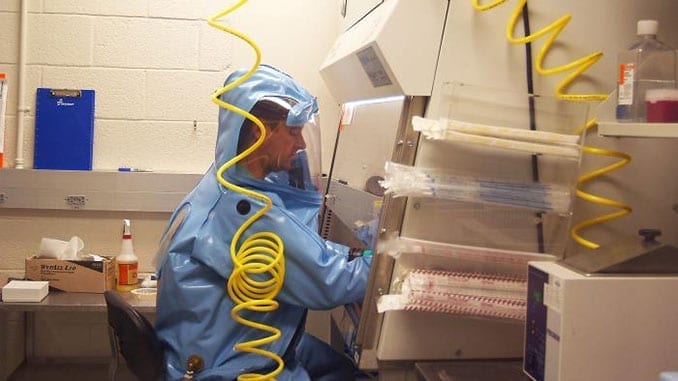Following high-profile laboratory incidents involving select agents and toxins that occurred at federally regulated laboratories in the past two years, the U.S. Centers for Disease Control and Prevention (CDC) today announced the hiring of Samuel S. Edwin, Ph.D., to become the new director of the agency’s Division of Select Agents and Toxins (DSAT).
Dr. Edwin comes to the CDC after serving as the responsible official and biological surety officer at the U.S. Army Medical Research Institute of Infectious Diseases (USAMRIID) at Fort Detrick, MD. USAMRIID conducts research on a range of pathogenic organisms, up to and including Biosafety Level 4 (BSL-4) high containment laboratory operations.
Dr. Edwin is expected to begin his new assignment in September 2016.
DSAT’s previous director, Dr. Robbin Weyant, was replaced late last year after a string of CDC biosafety lapses involving anthrax, bird flu and Ebola. Dr. Dan Sosin, who has been serving as acting director since that time, will now return to his position as deputy director and chief medical officer of CDC’s Office of Public Health Preparedness and Response.
DSAT oversees two regulatory programs – the Federal Select Agent Program and the Import Permit Program – to ensure that laboratory work with infectious biological agents is conducted as safely and securely as possible.
CDC’s DSAT, working together with the U.S. Departments of Agriculture (USDA) and Health and Human Services (HHS), last month released the 2015 Federal Select Agent Program Annual Report examining efforts to strengthen the government’s biosafety and biosecurity practices and the oversight system.
While potentially dangerous, work with select agents and toxins provides important scientific discoveries that have led to improved detection, prevention, diagnostic, and treatment options for diseases considered to be some of the most threatening to public health and agriculture.



